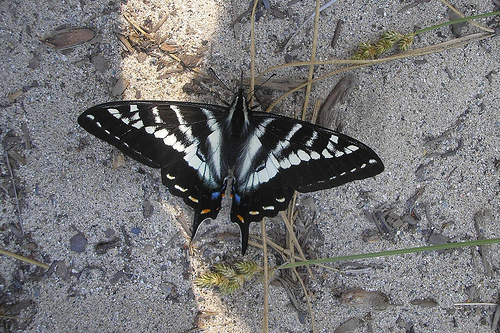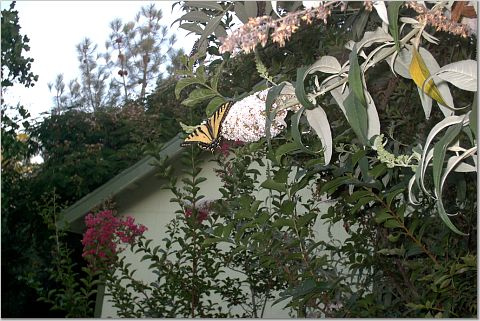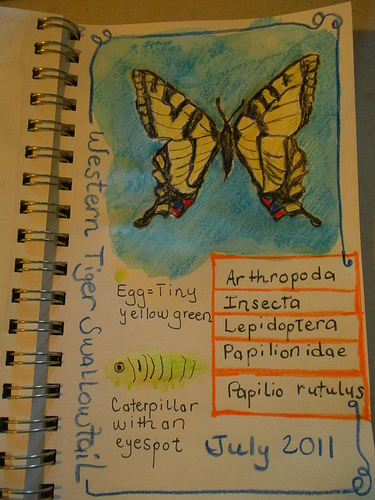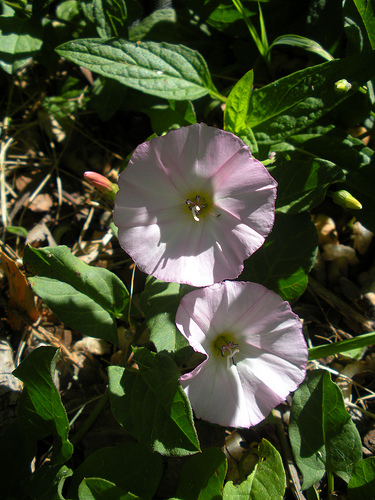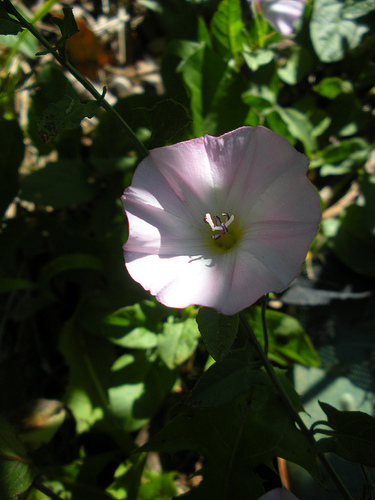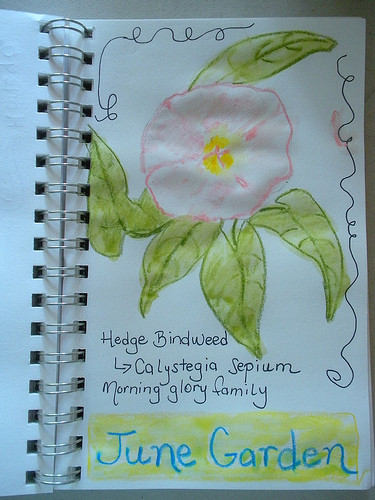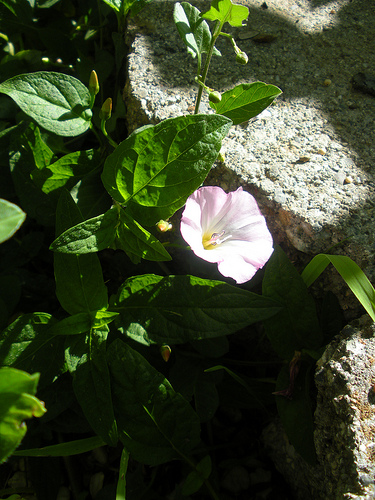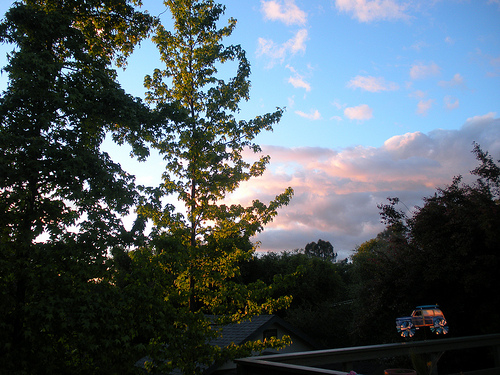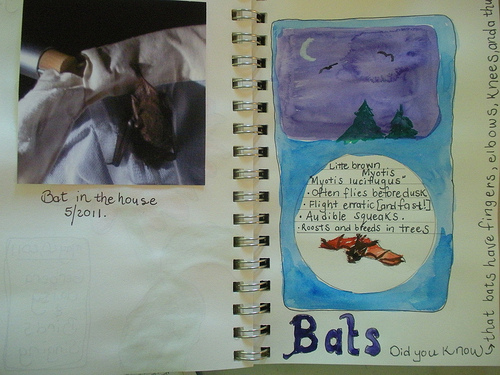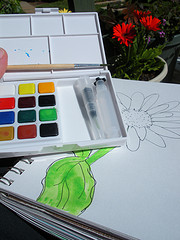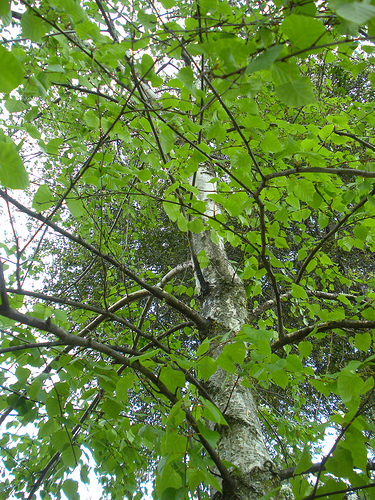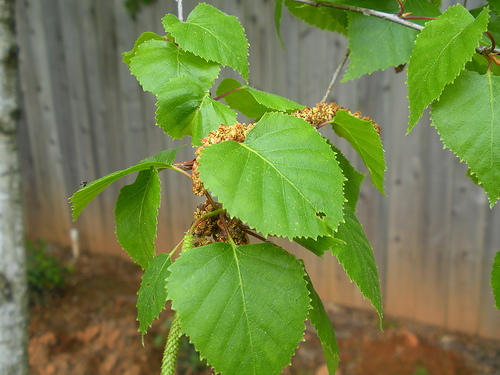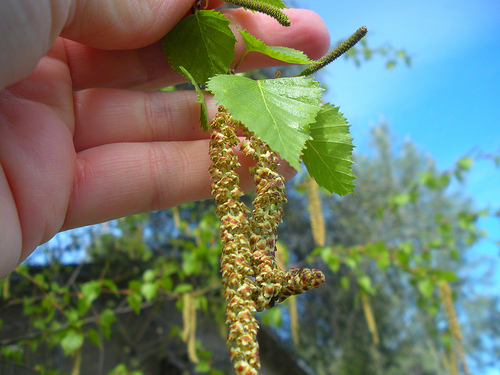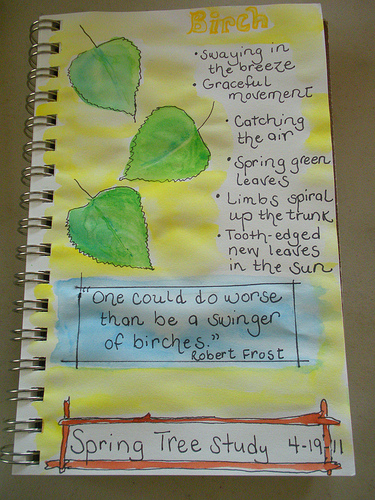As part of the July Newsletter Summer Weather Challenge, we looked back to the Summer Series Weather Observation Challenge from last year.
 |
| Our roses love the heat and this is our Disneyland Rose…sweet fragrance. |
July weather is always hot but this year we have had alternating weeks of HOT and then cooling off to the 80’s. It makes for a nice mix of summer weather. The garden likes the heat but once the temperatures heat up we need to water our garden everyday. We don’t get much in the way of rain in the months of July and August and our heat does not bring any humidity with it.
 |
| The mullein this year is really TALL. |
The nights are cool so we can expect to have cool breezes sometime in the night that are our natural air conditioning. We do most of our cooking outdoors this time of year, either on the grill or our outdoor oven. This keeps the kitchen cooler and we don’t have to run the a/c.
 |
| The yarrow, lavender, and butterfly bushes are full of bees. |
We decided to complete these two activities from last year’s challenge:
- 1. Use some of your outdoor time to take temperature readings on your thermometer at sunrise (or early morning), noon, and then again at sunset. Record these temperatures, making comparisons. You can also use your outdoor time to use the suggested observations using your senses as noted in the box above.
- 2. Get up early and watch the sunrise. Note the place where the sunrises by observing something on the horizon such as a tree, a building, a mountain, or something else that can serve as a landmark for the sunrise. Do the same thing at sundown, finding a landmark to note.
Here are our statistics.
6 AM 59 degrees and 76% humidity
Noon 74 degrees and 52% humidity
4 PM 83 degrees and 32% humidity
Sunrise at 5:53 AM and Sunset at 8:25 PM
Don’t forget to make your own Summer Weather Observations and submit your entry to the Outdoor Hour Challenge Blog Carnival.












